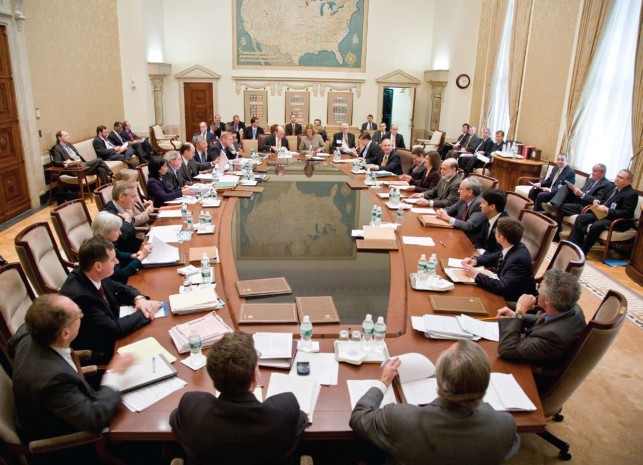
Summary:
No surprises from the Fed
The US Federal Reserve hiked the short-term interest rates by 25 basis points at yesterday’s meeting. It was widely expected by the markets, although the consumer price index data that came out just before did cast some doubts on whether the Fed would hike.
The Fed’s short-term interest rates now stand at 1.25% as the central bank has been hiking rates for the third consecutive quarter. The Fed had first raised rates in December 2015, from historic lows of 0.25%.
Bright economic outlook
Forward guidance from the Fed was, of course, the major factor that market participants were looking forward to. Surprisingly, the Fed maintained a confident tone about the markets. The Fed suggested that it still views one more rate hike to be appropriate this year.
This was slightly hawkish as the markets were beginning to think that another rate hike will come no sooner than 2018. The Fed also signaled its plans to begin unwinding its balance sheet.
While this information was already known, the Fed gave out more concrete measures on how it will go about unwinding the massive balance sheet that has accumulated since the 2008 global financial crisis.
The unwinding of the balance sheet is expected to start later this year. Once the process begins, the Fed noted that it would reduce the balance sheet at a rate of $10 billion per month. This includes $6 billion in Treasuries and $4 billion in mortgage-backed securities.
After every three months, the amount of the balance sheet reduction will rise by $10 billion with the same proportion, until it reaches the pace of $50 billion per month.













Leave A Comment